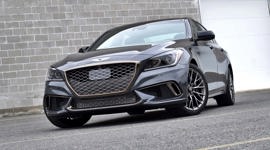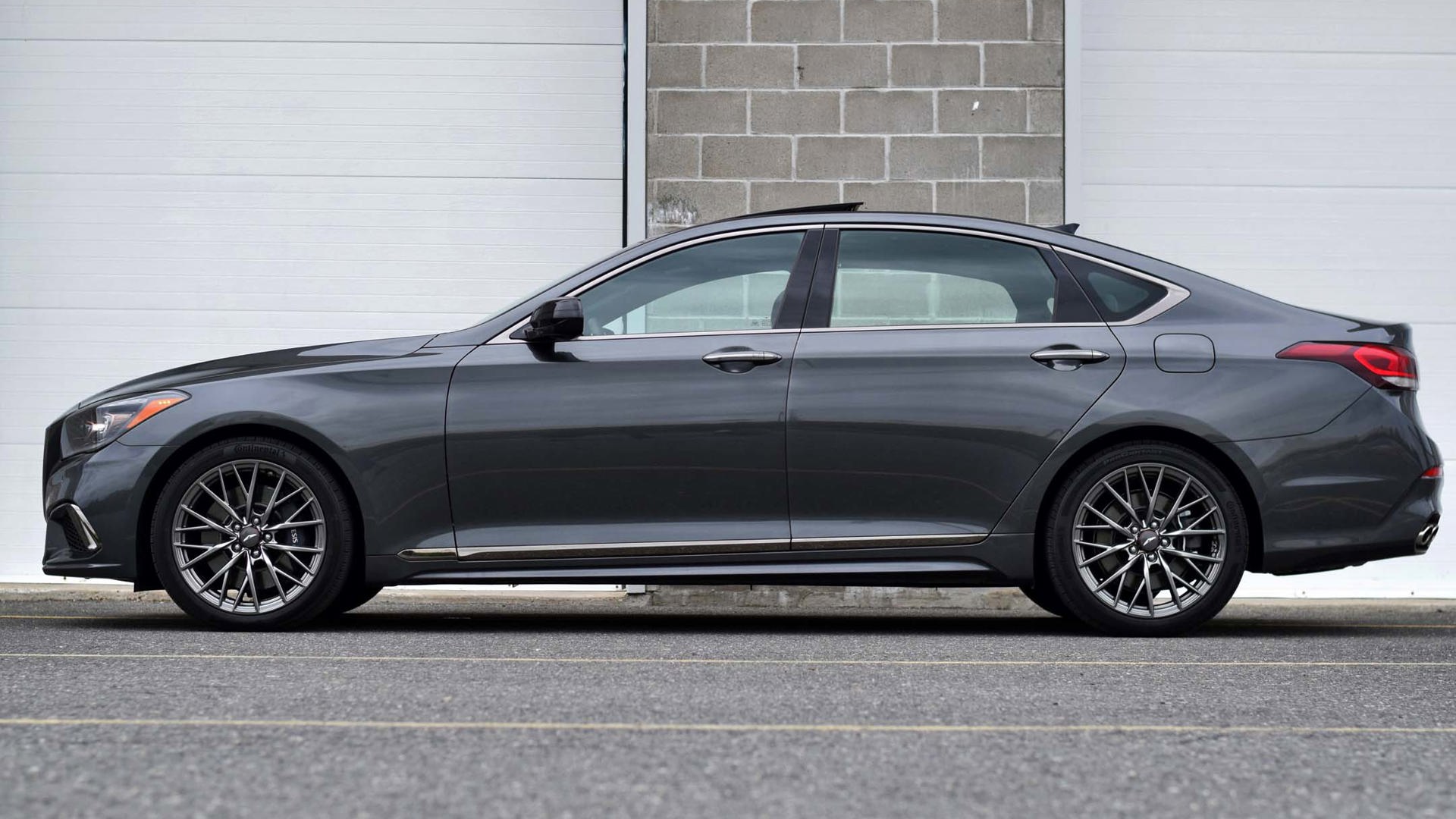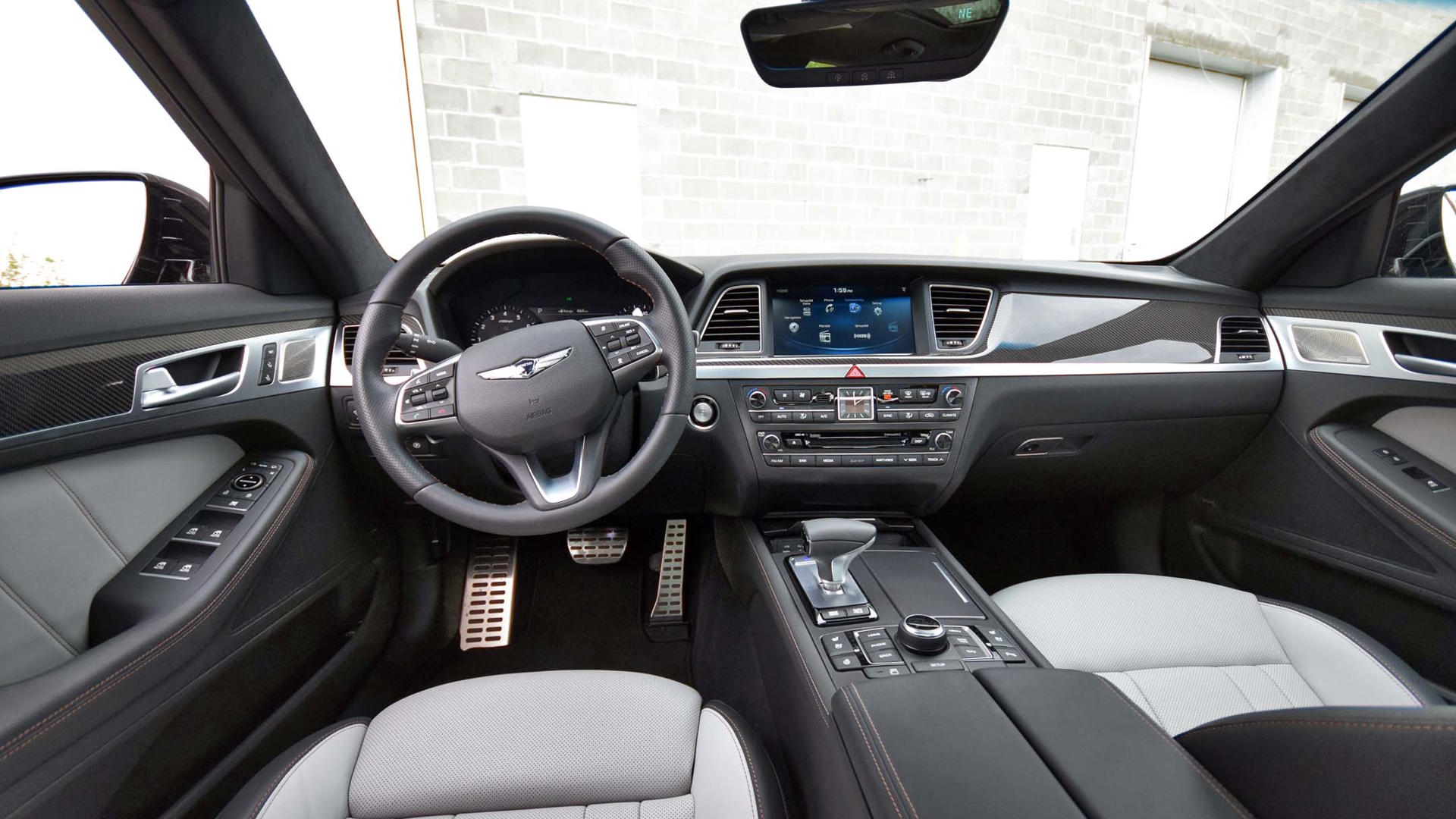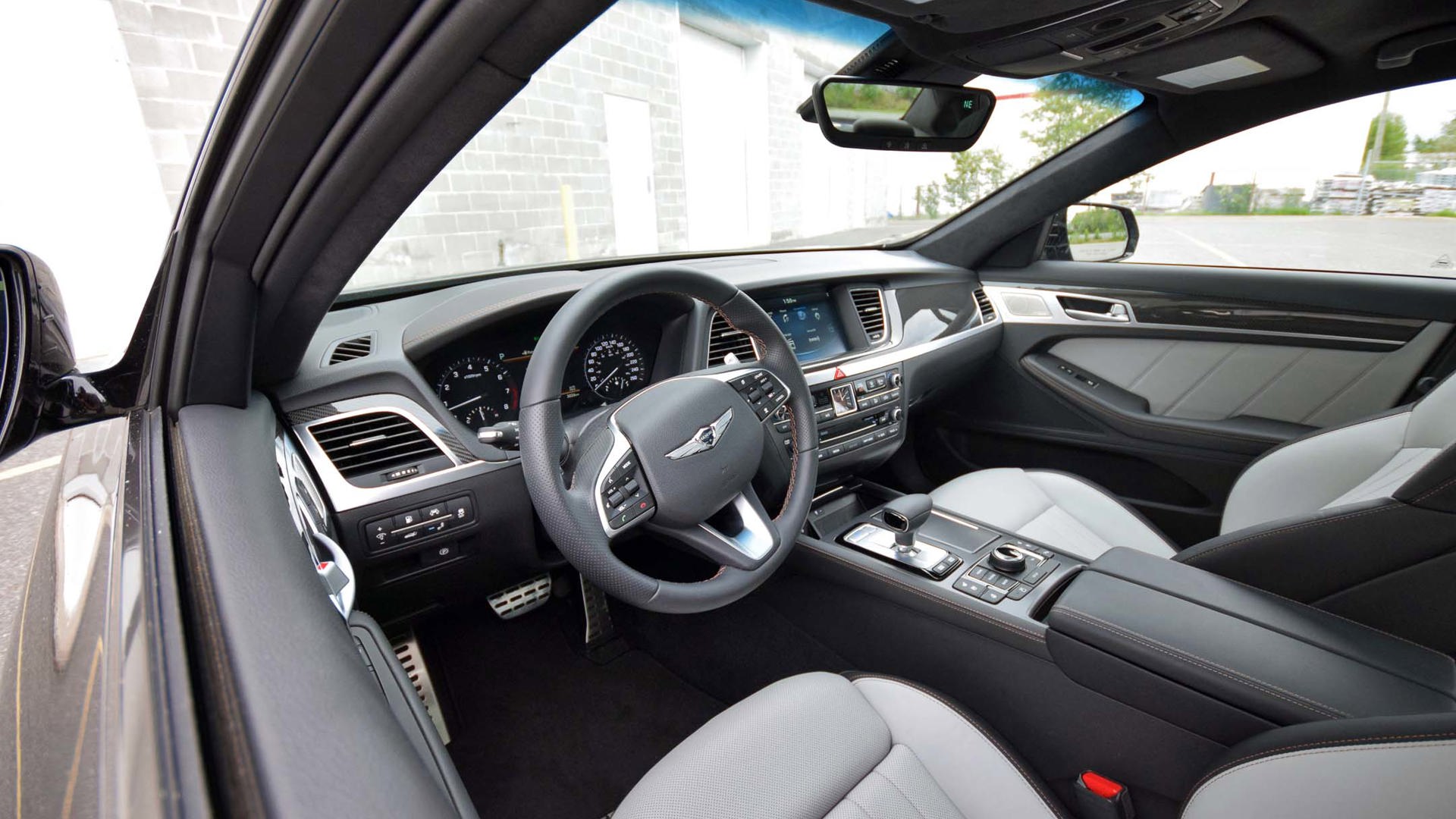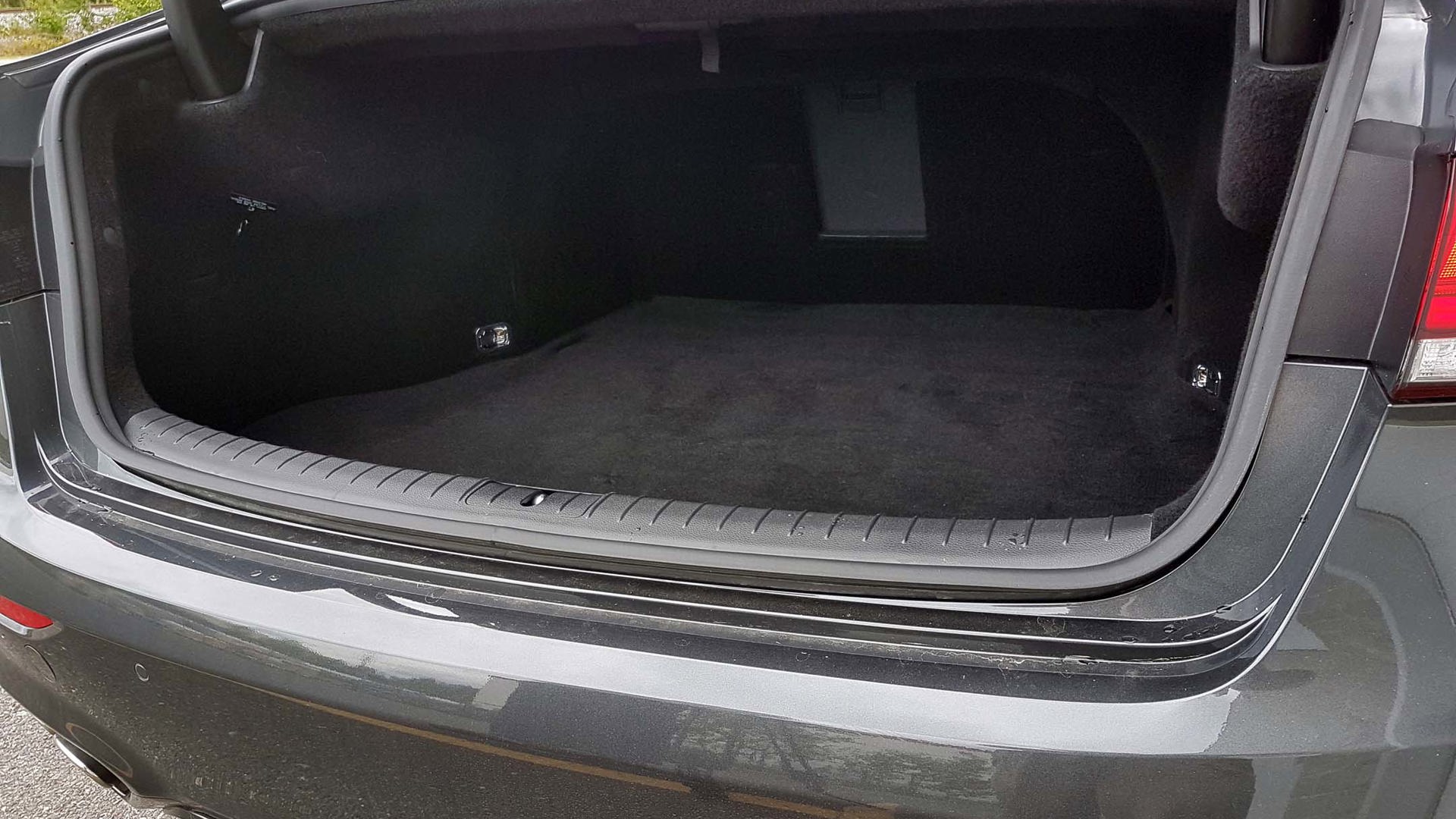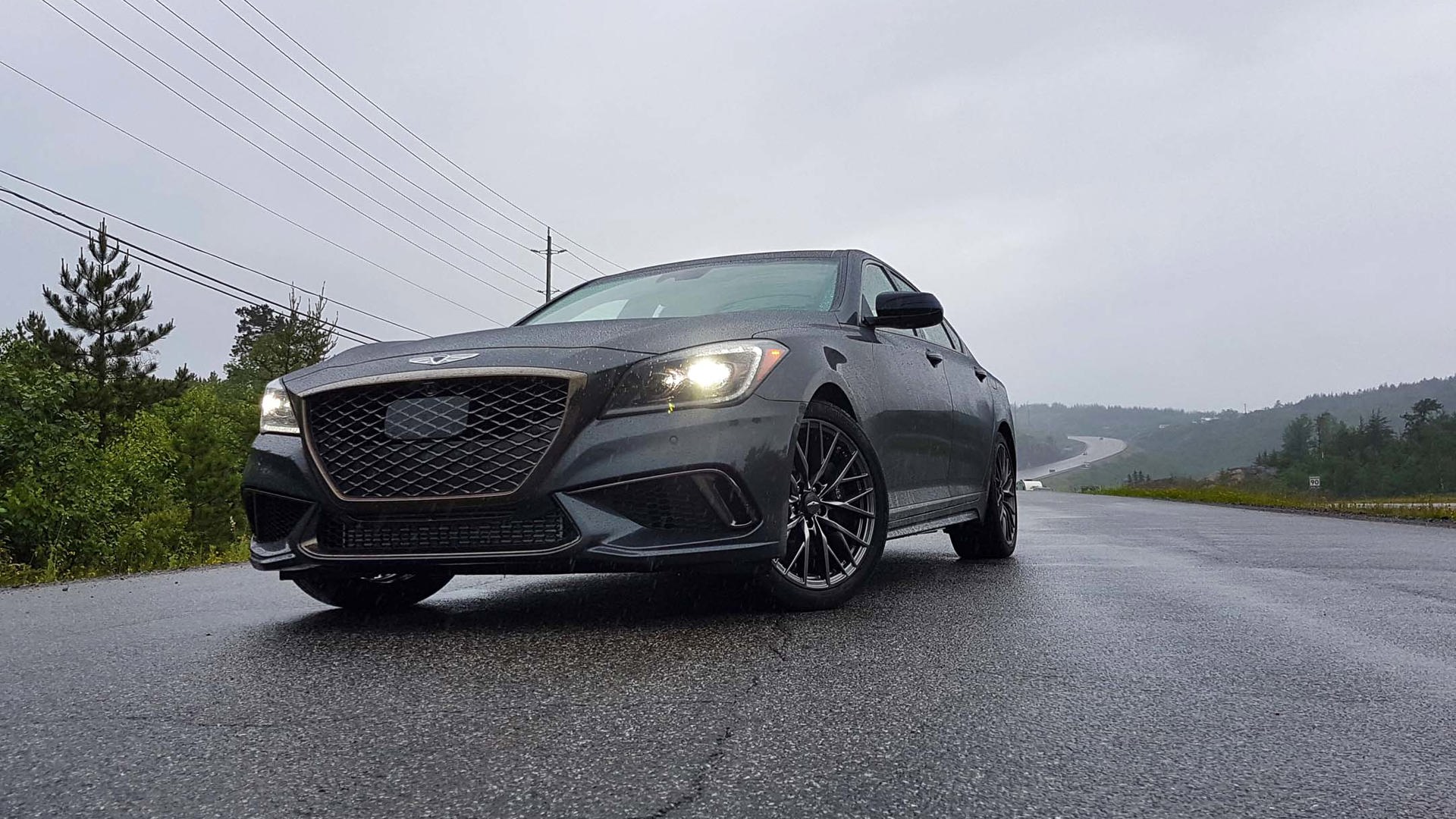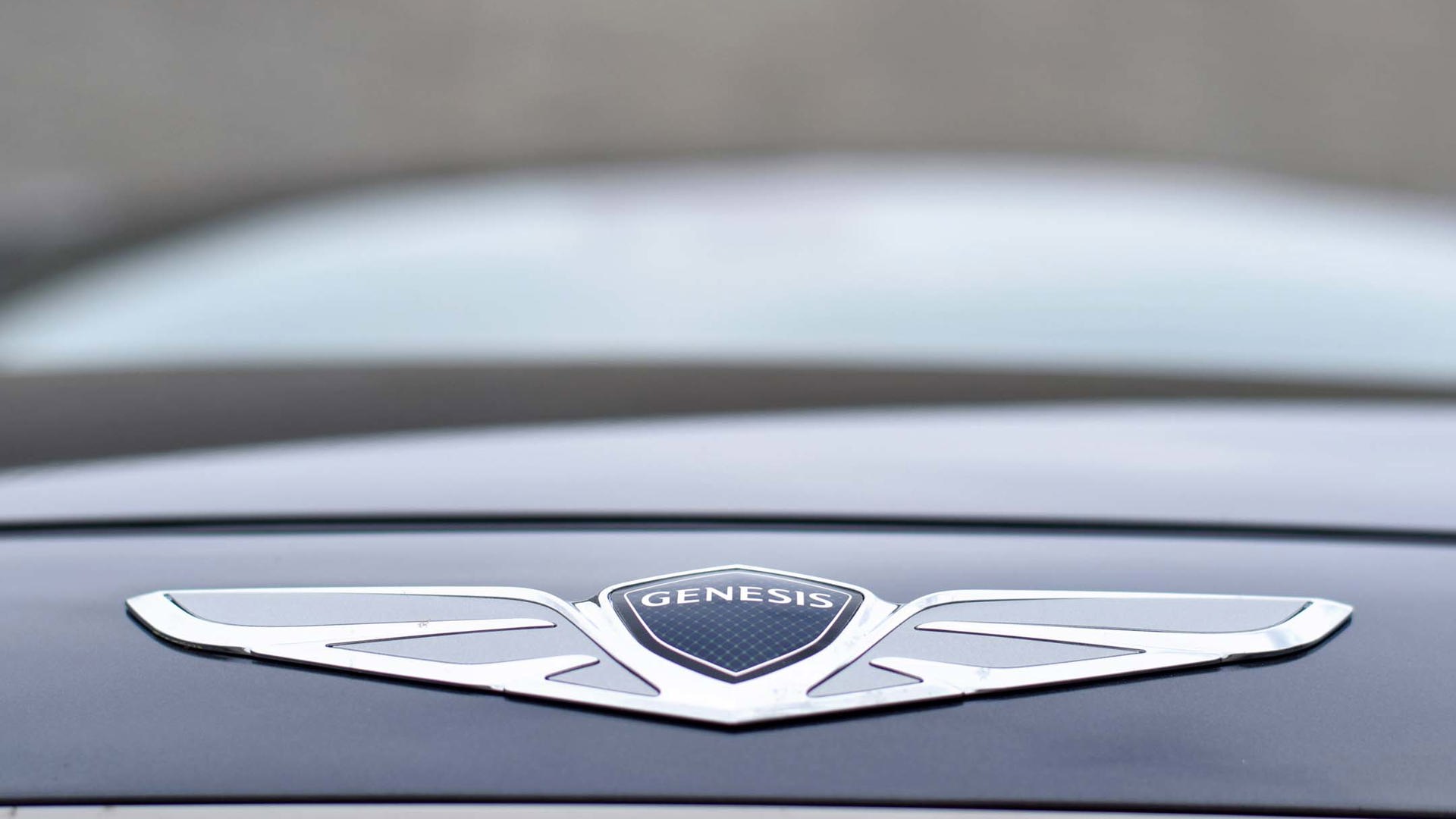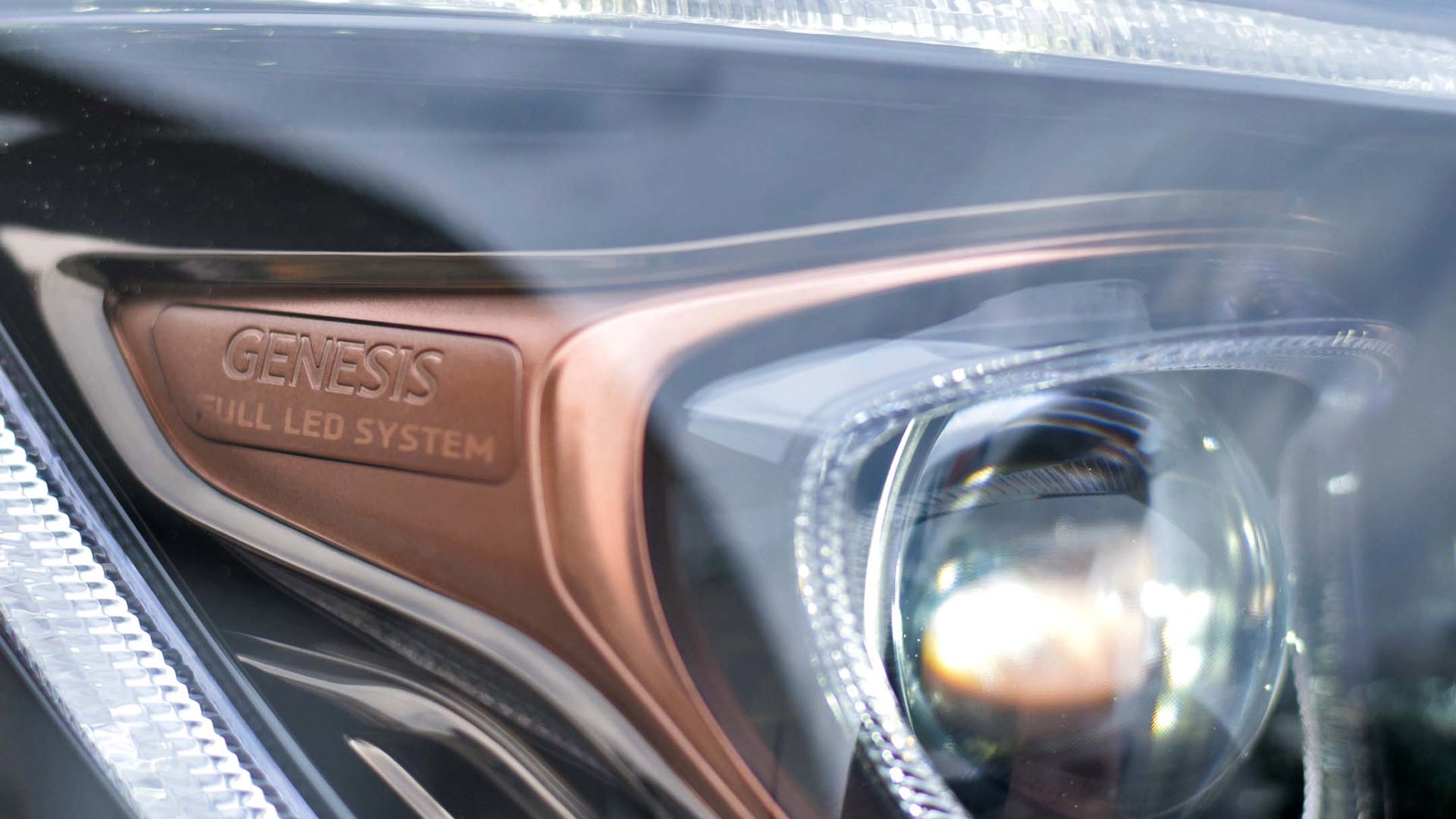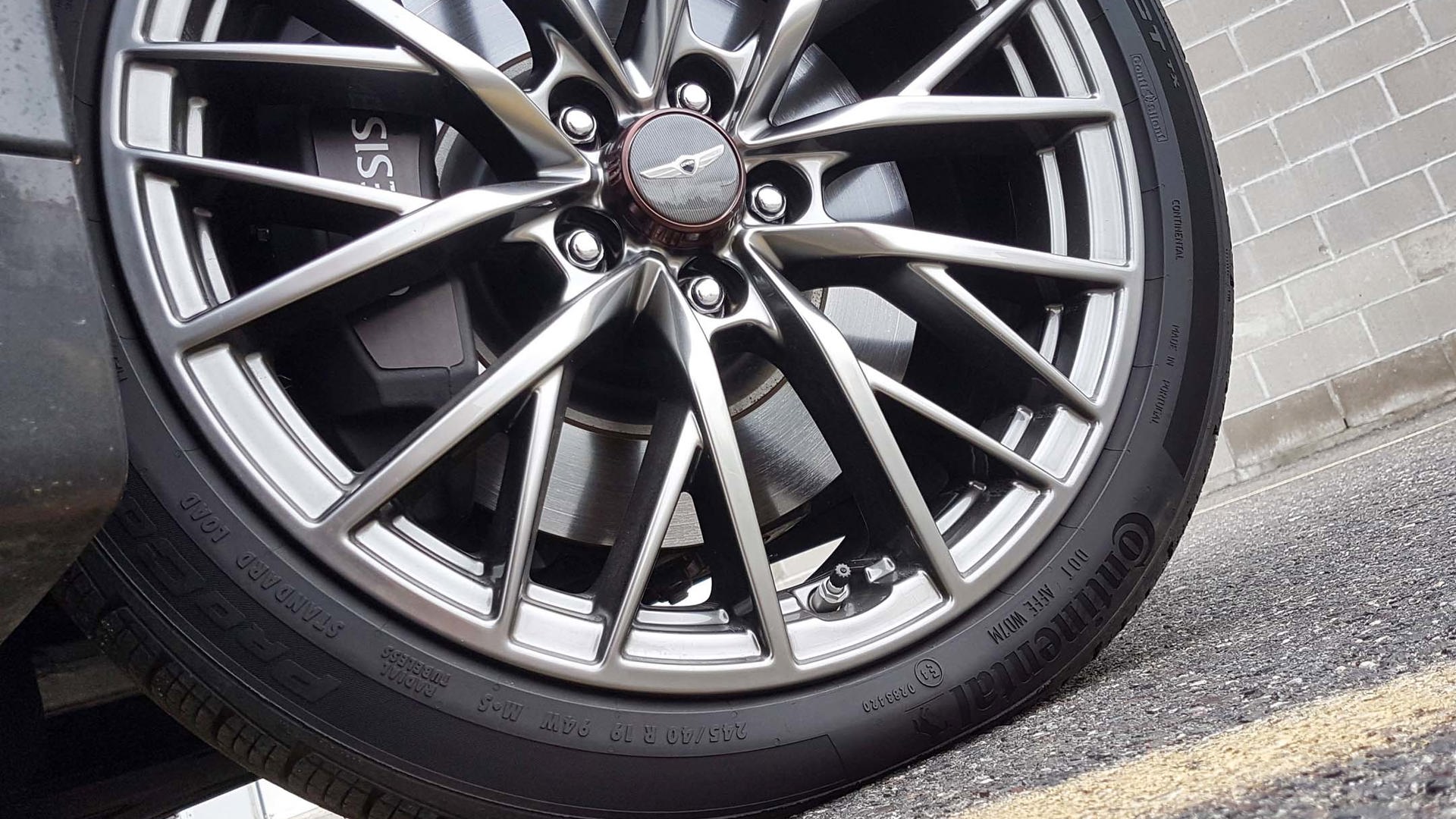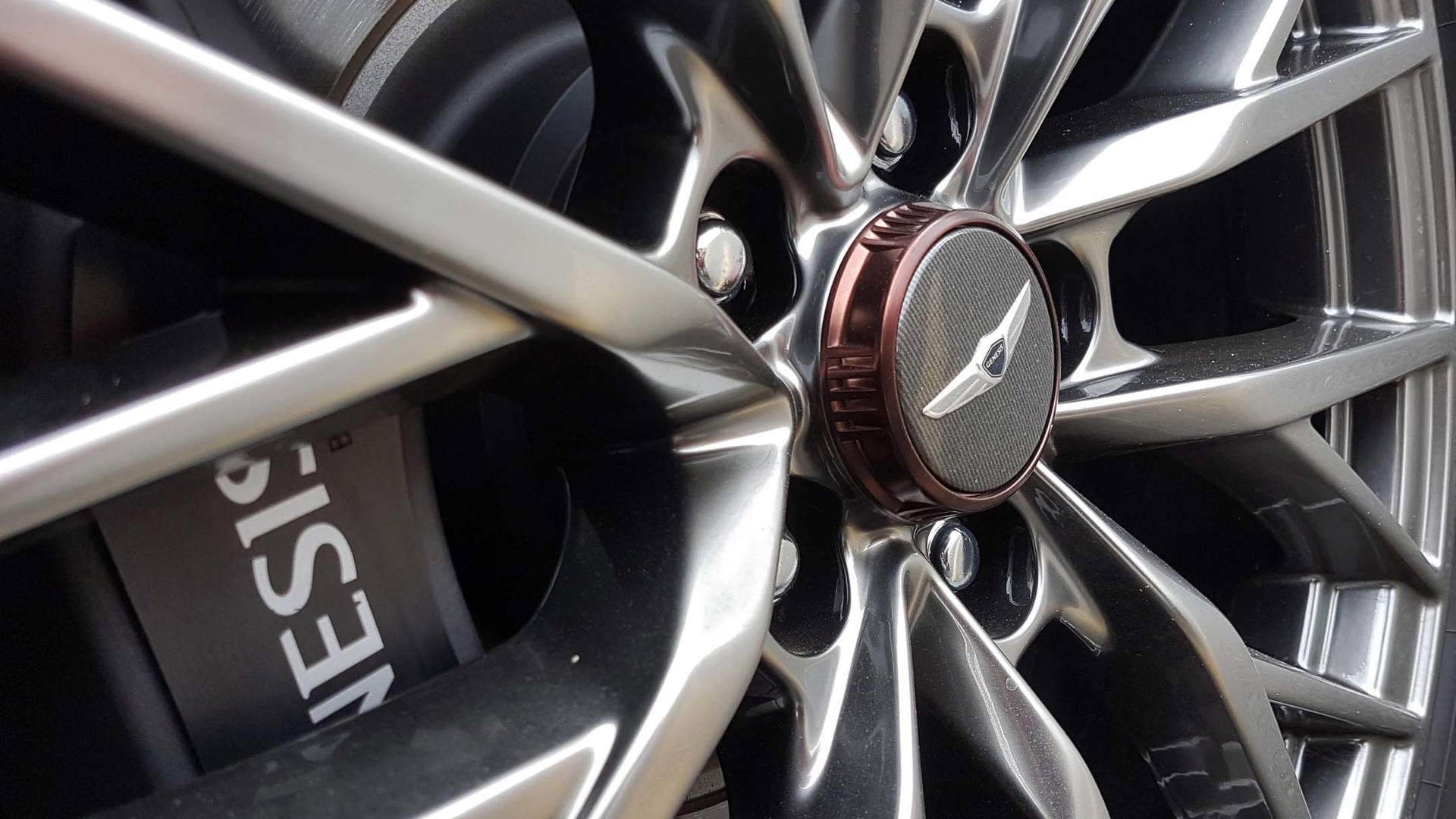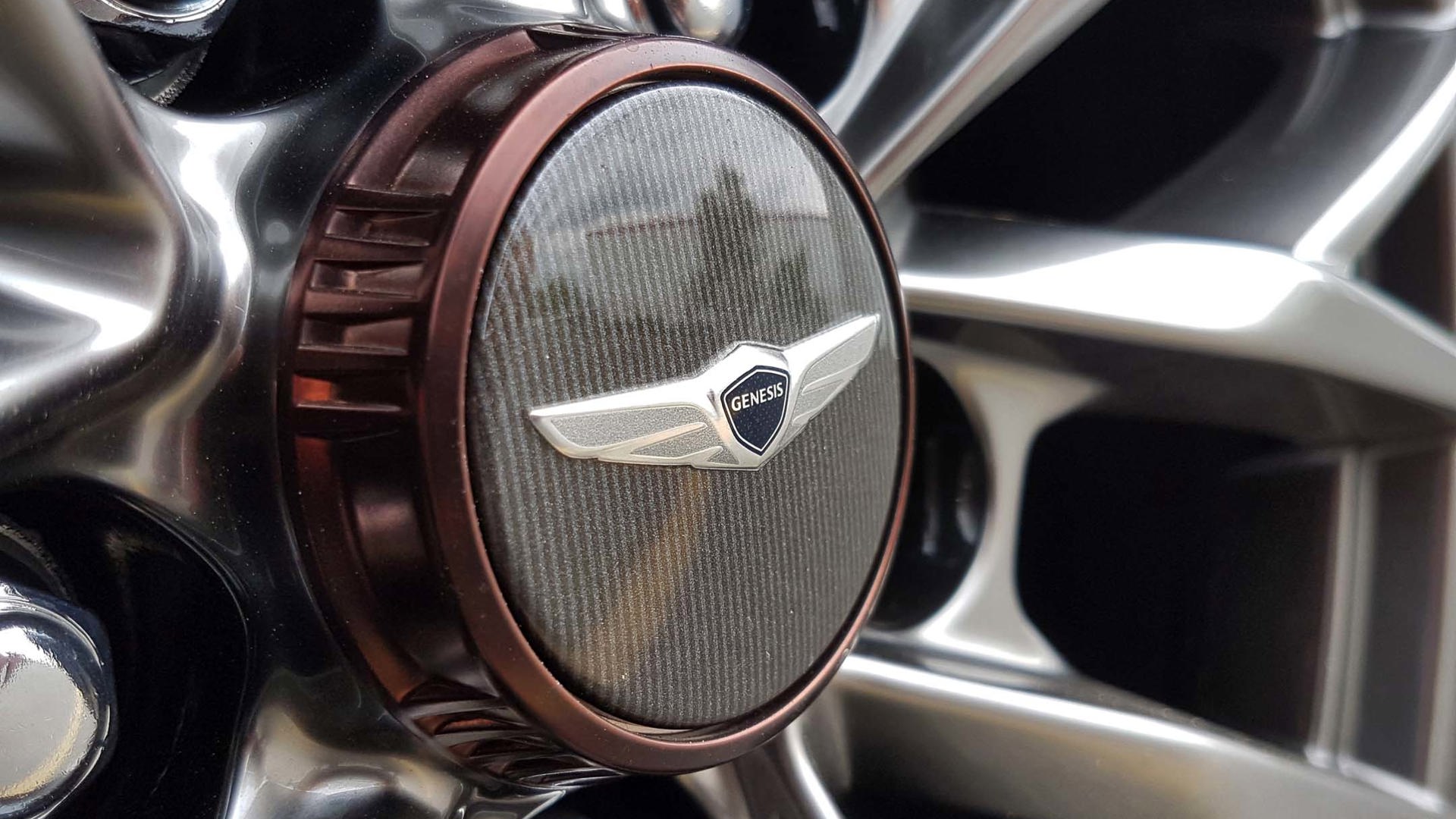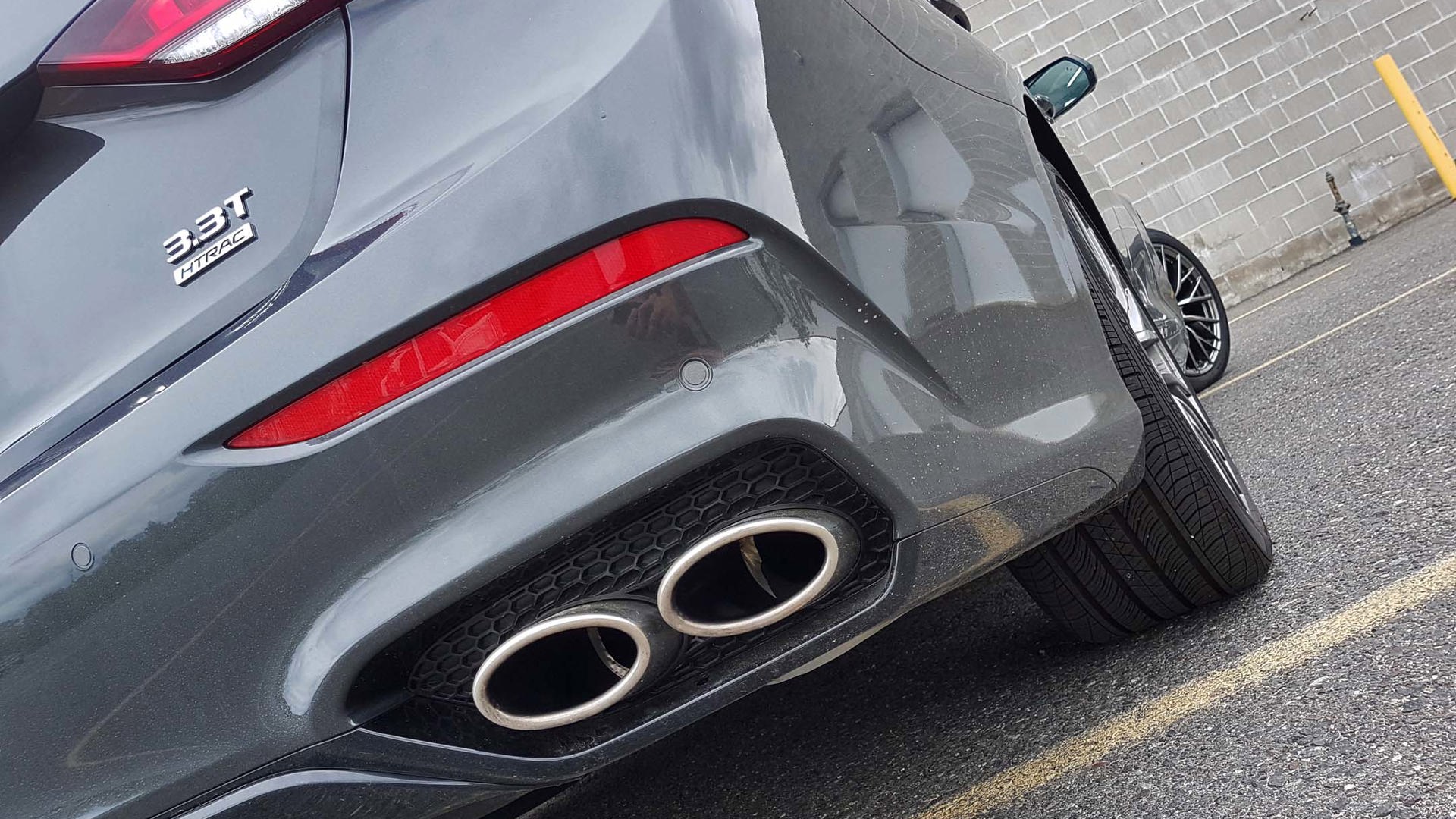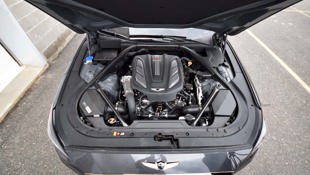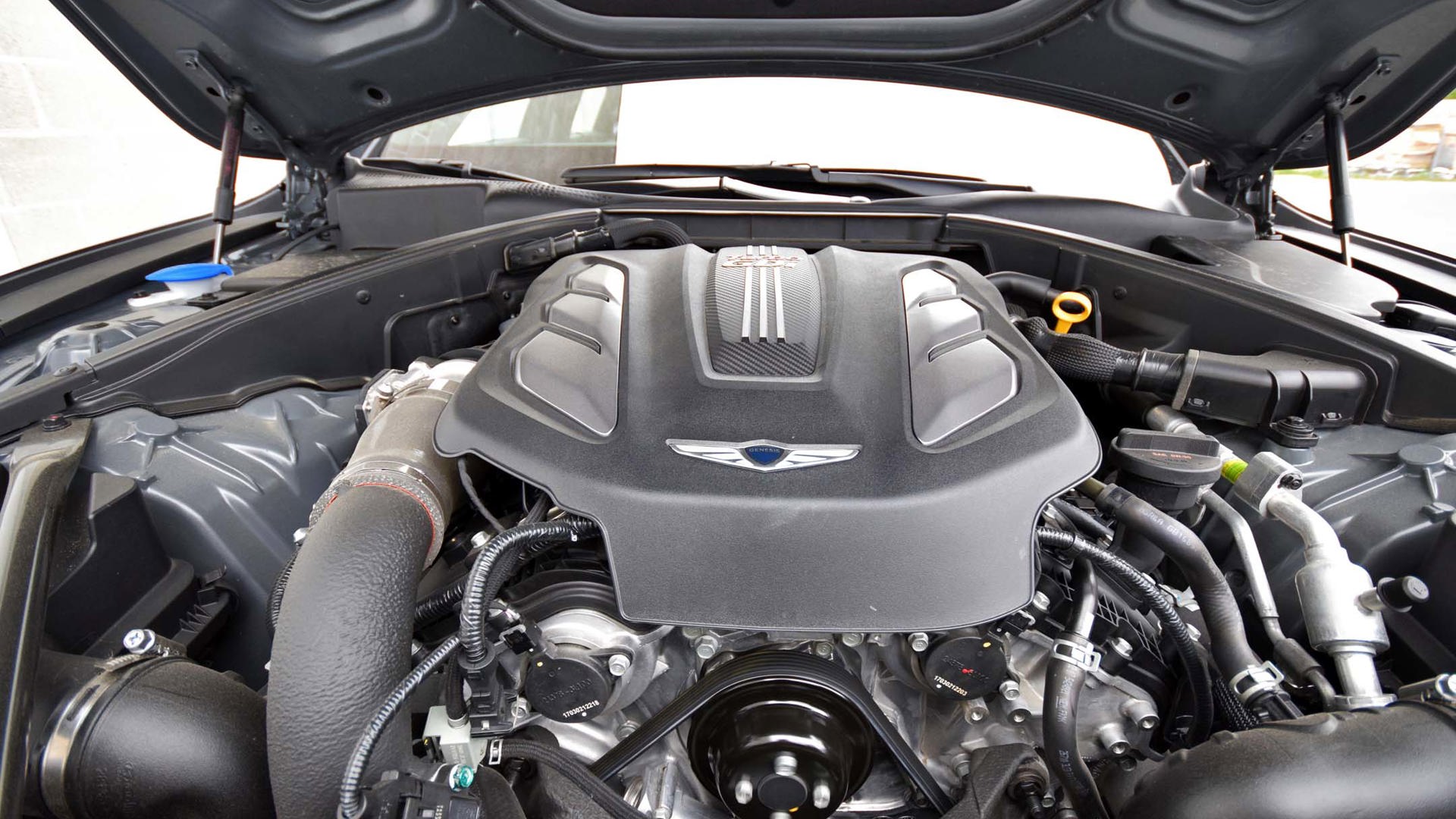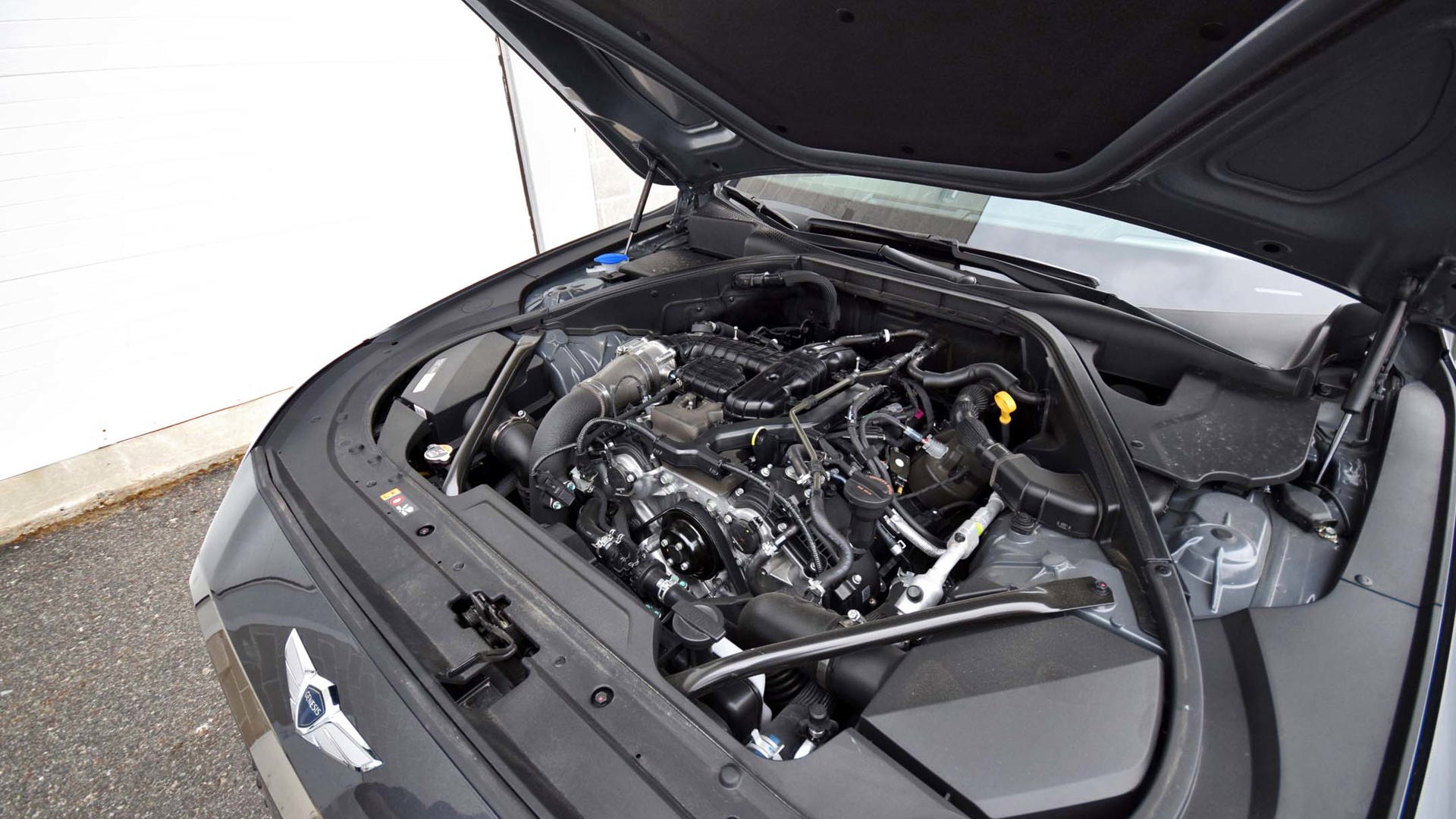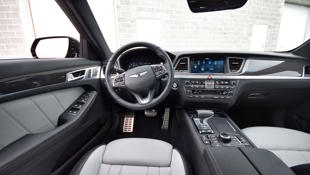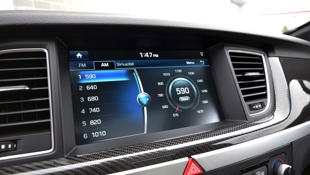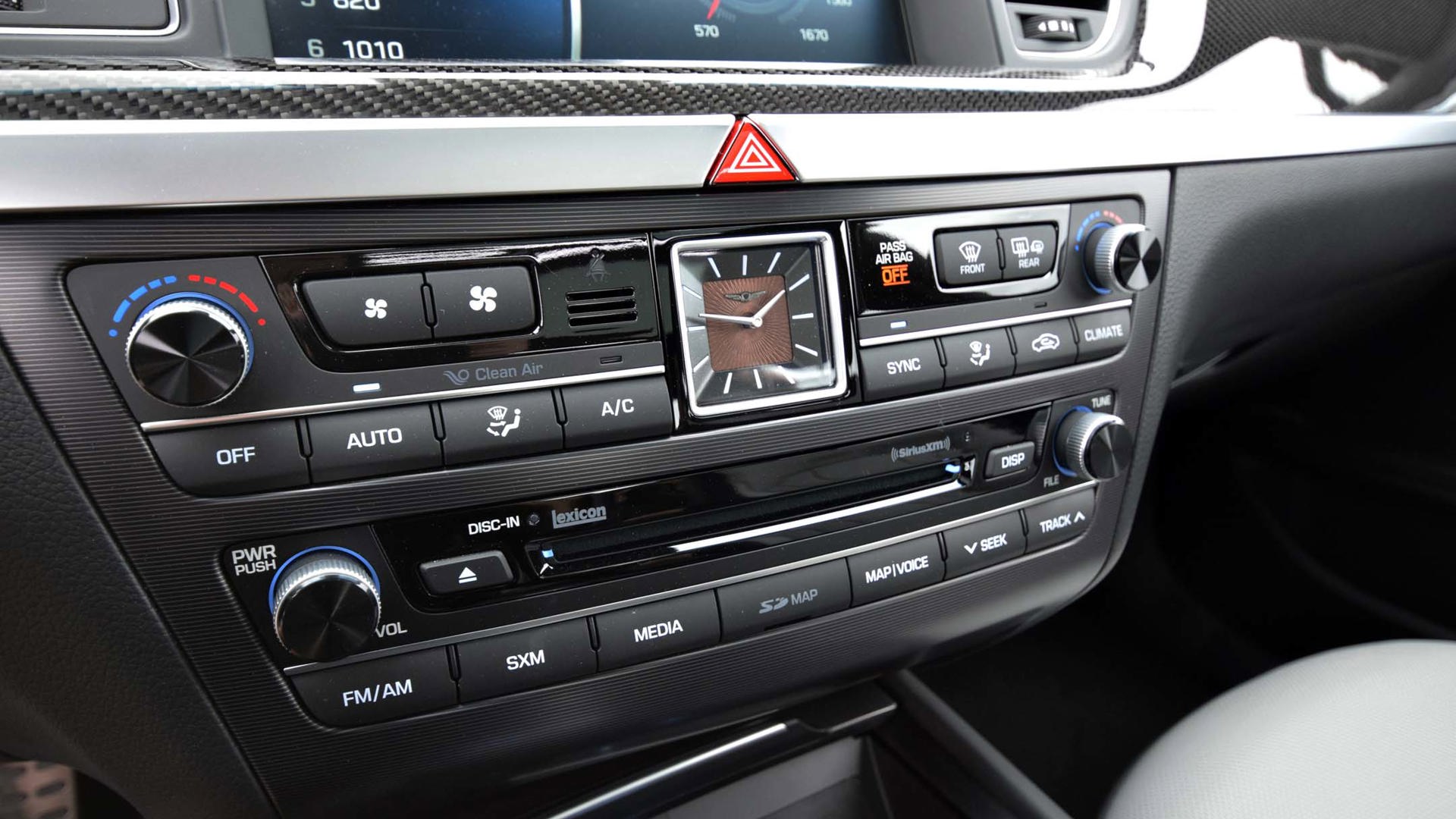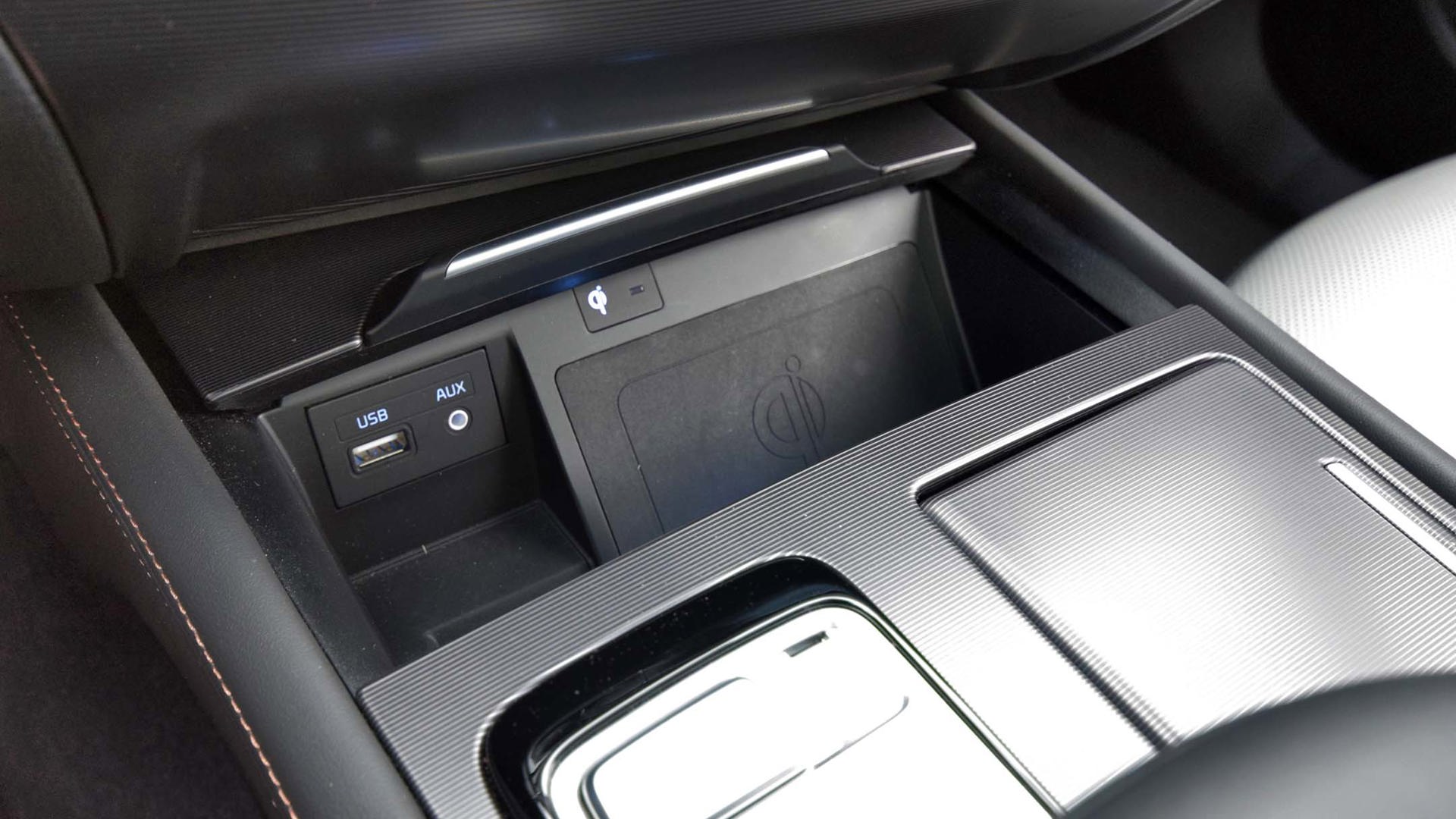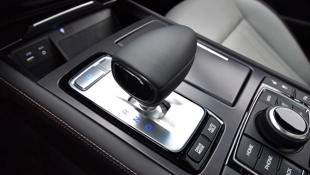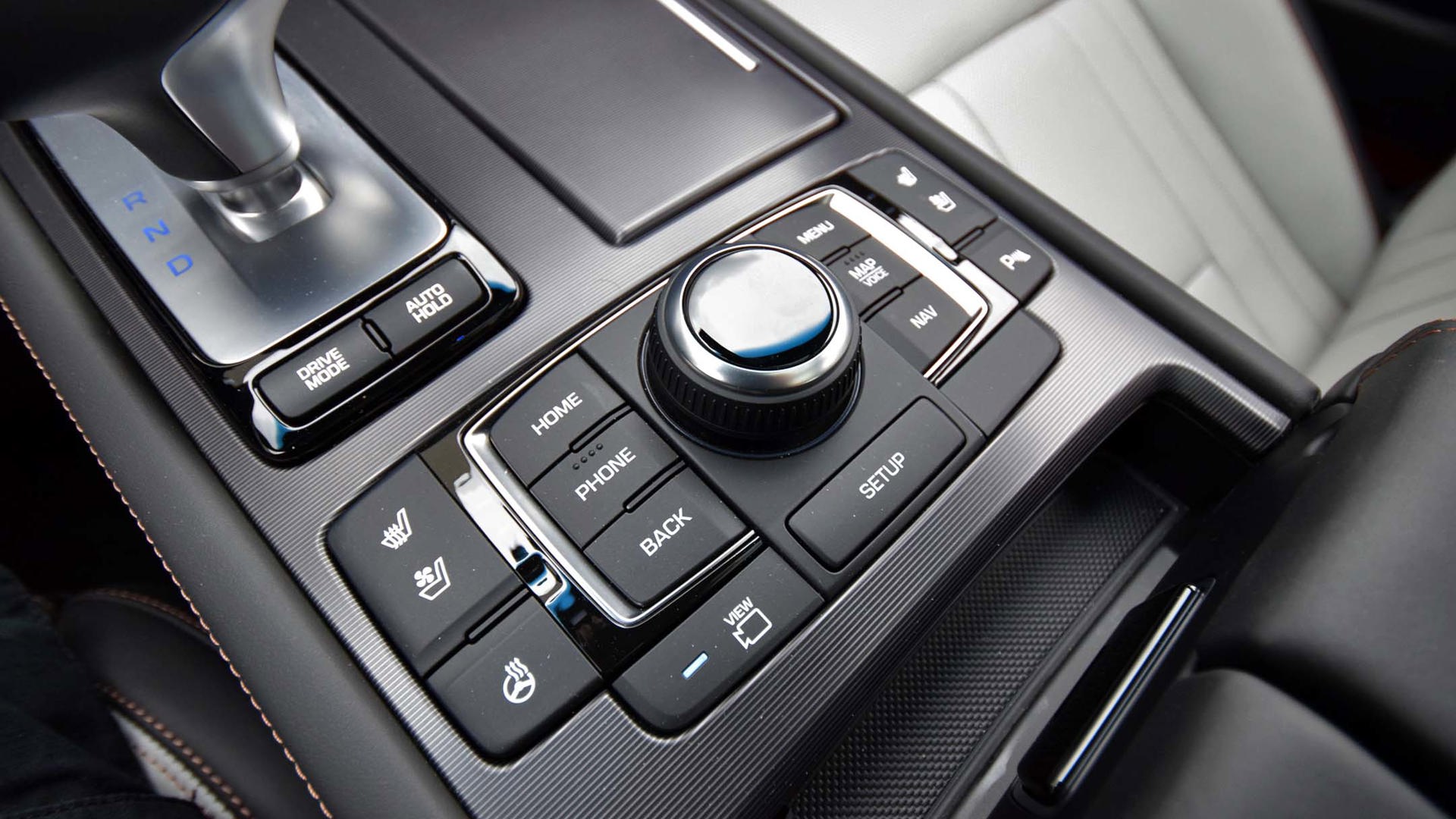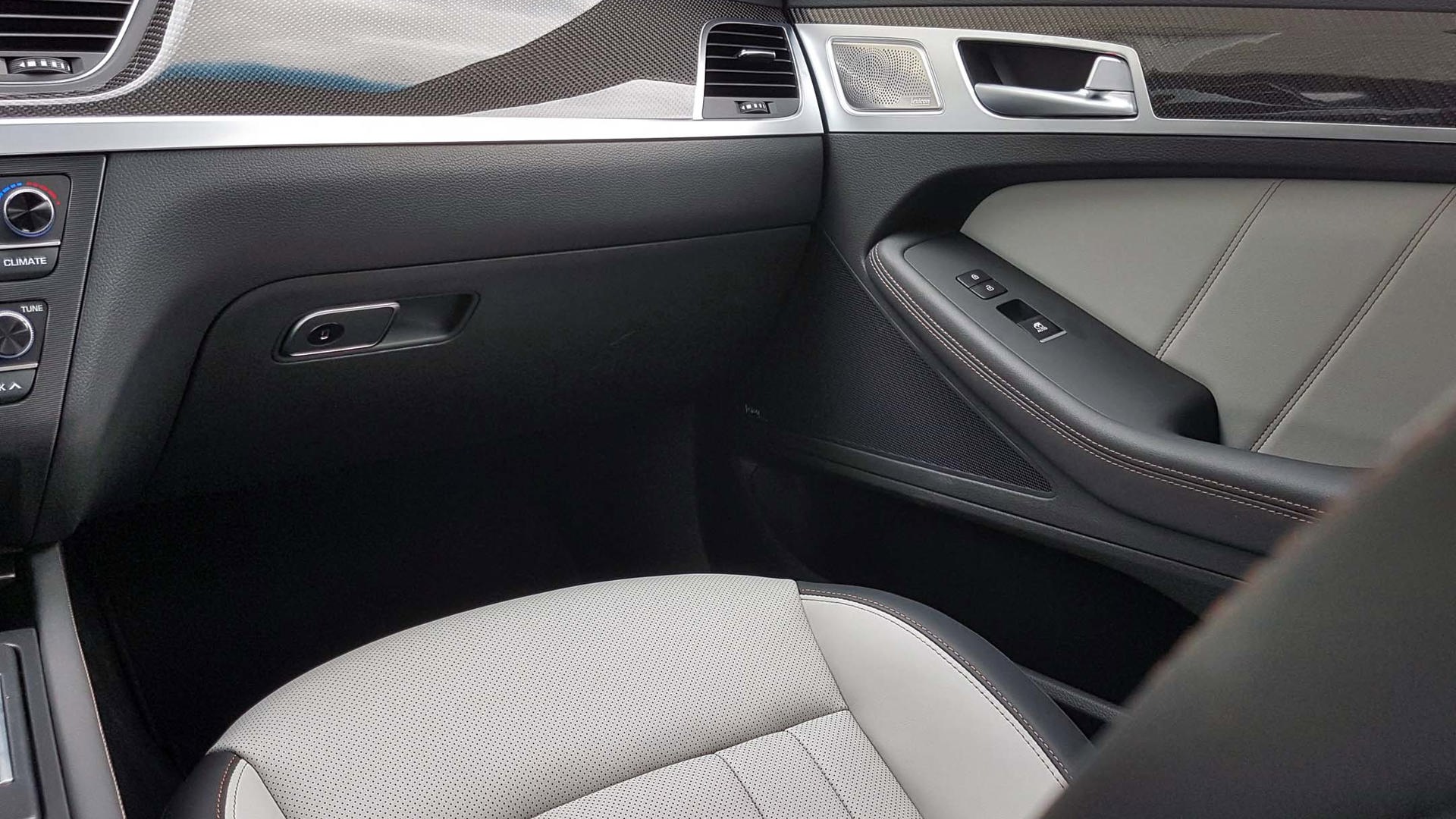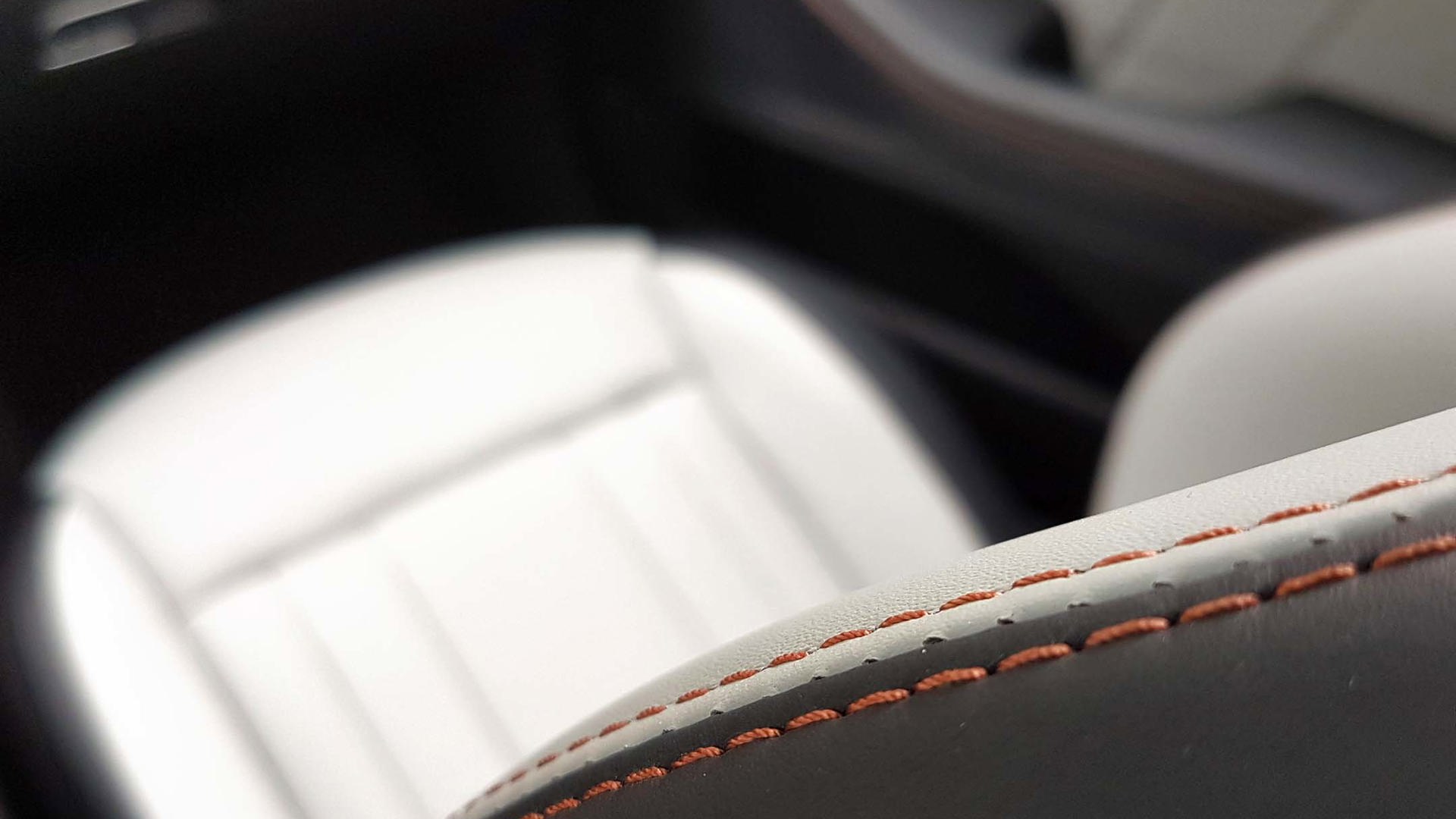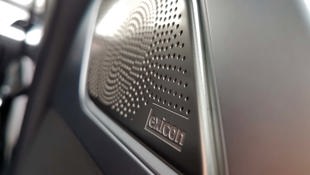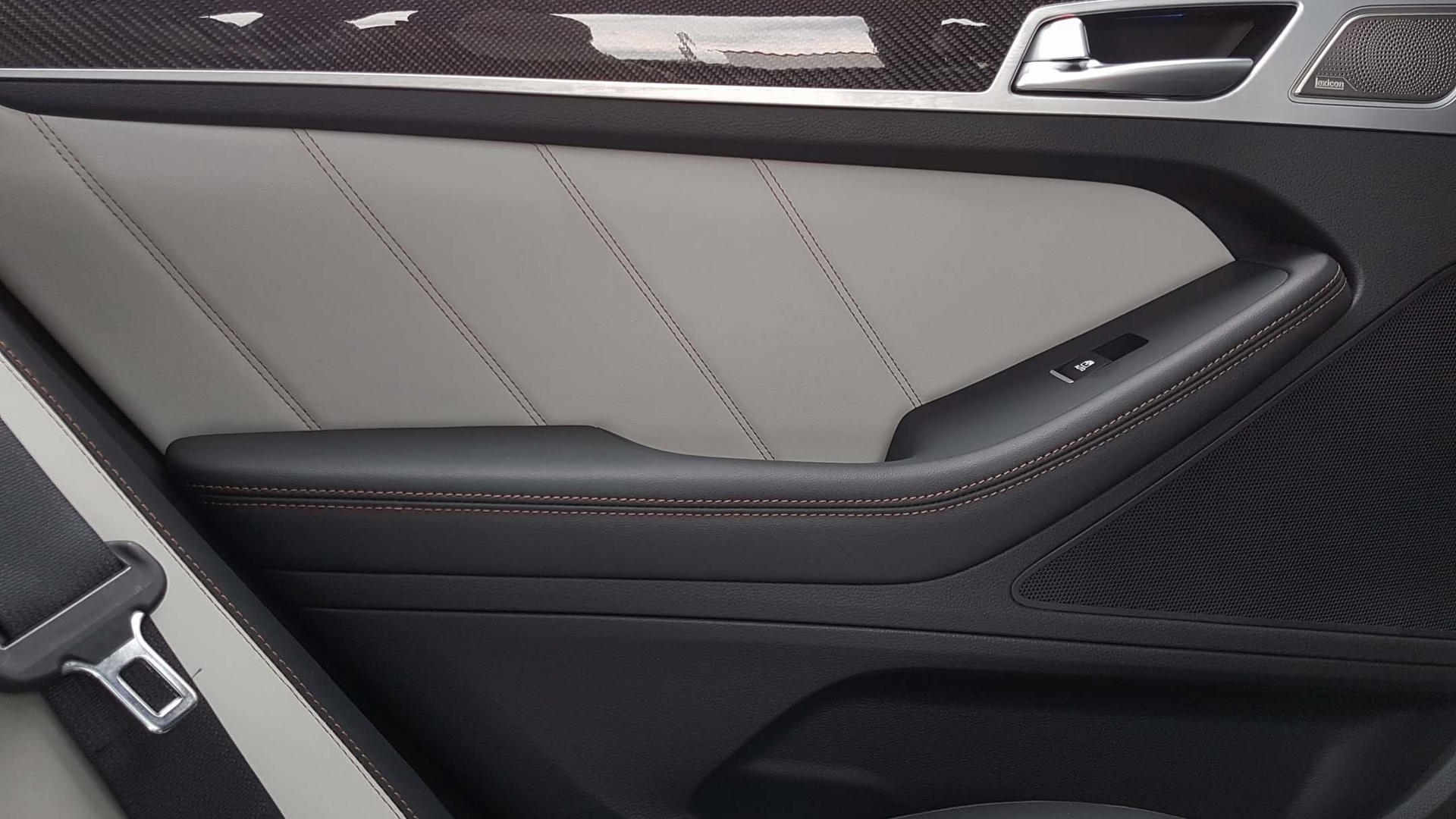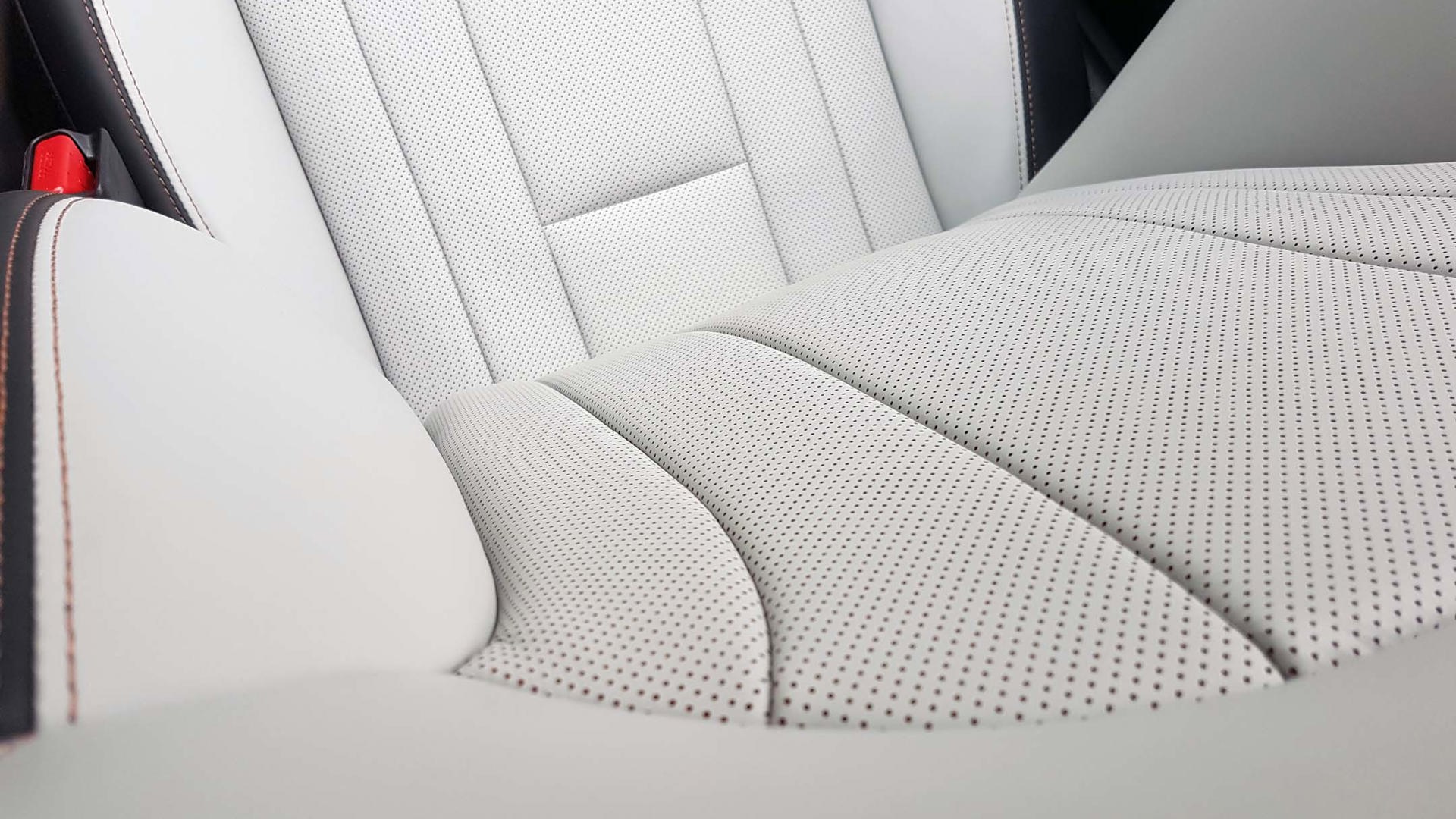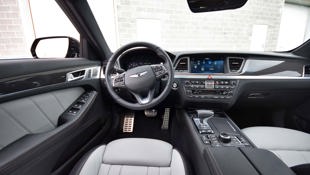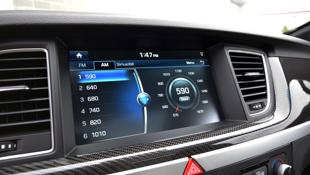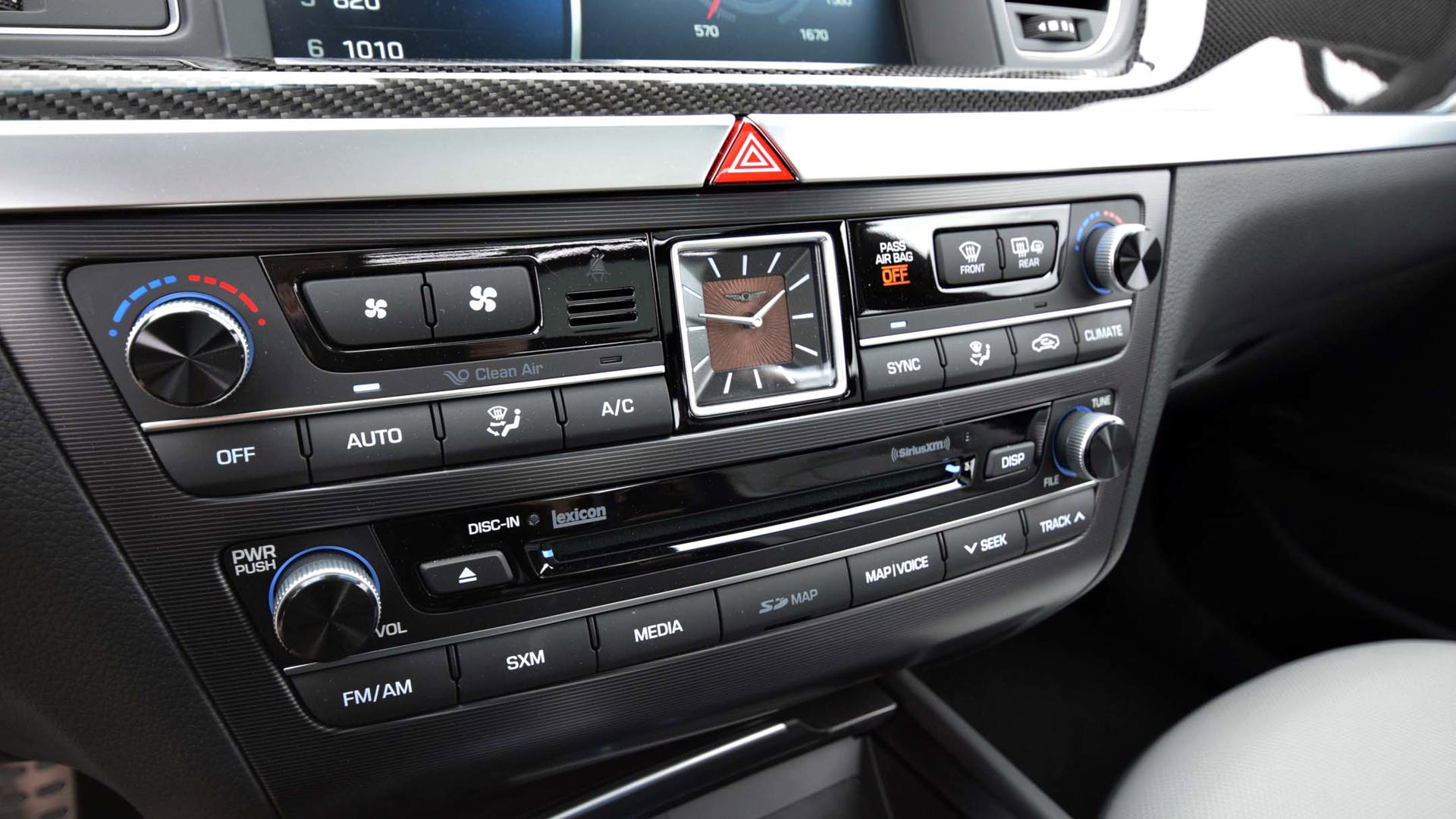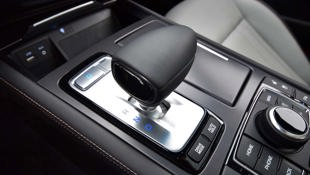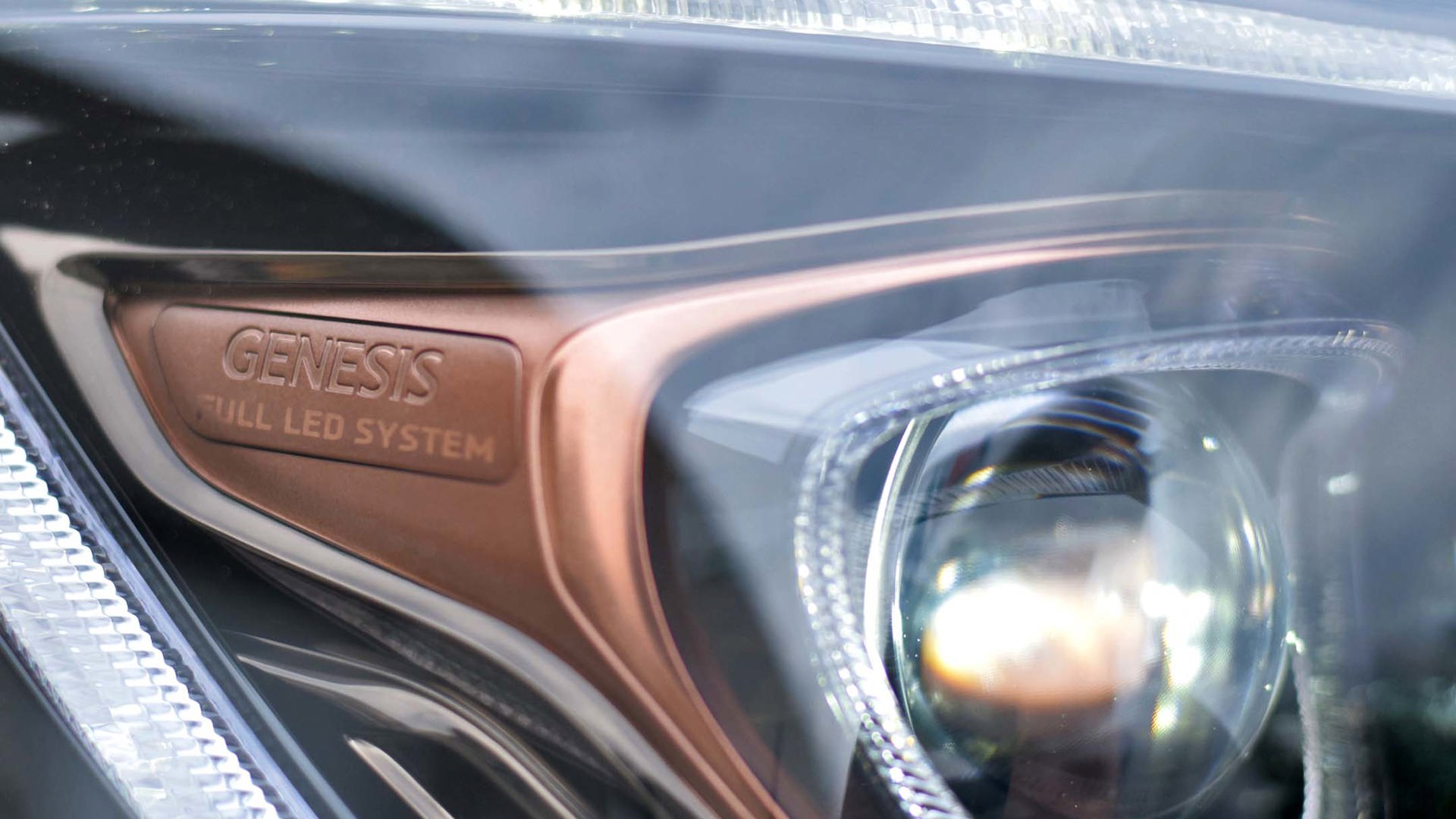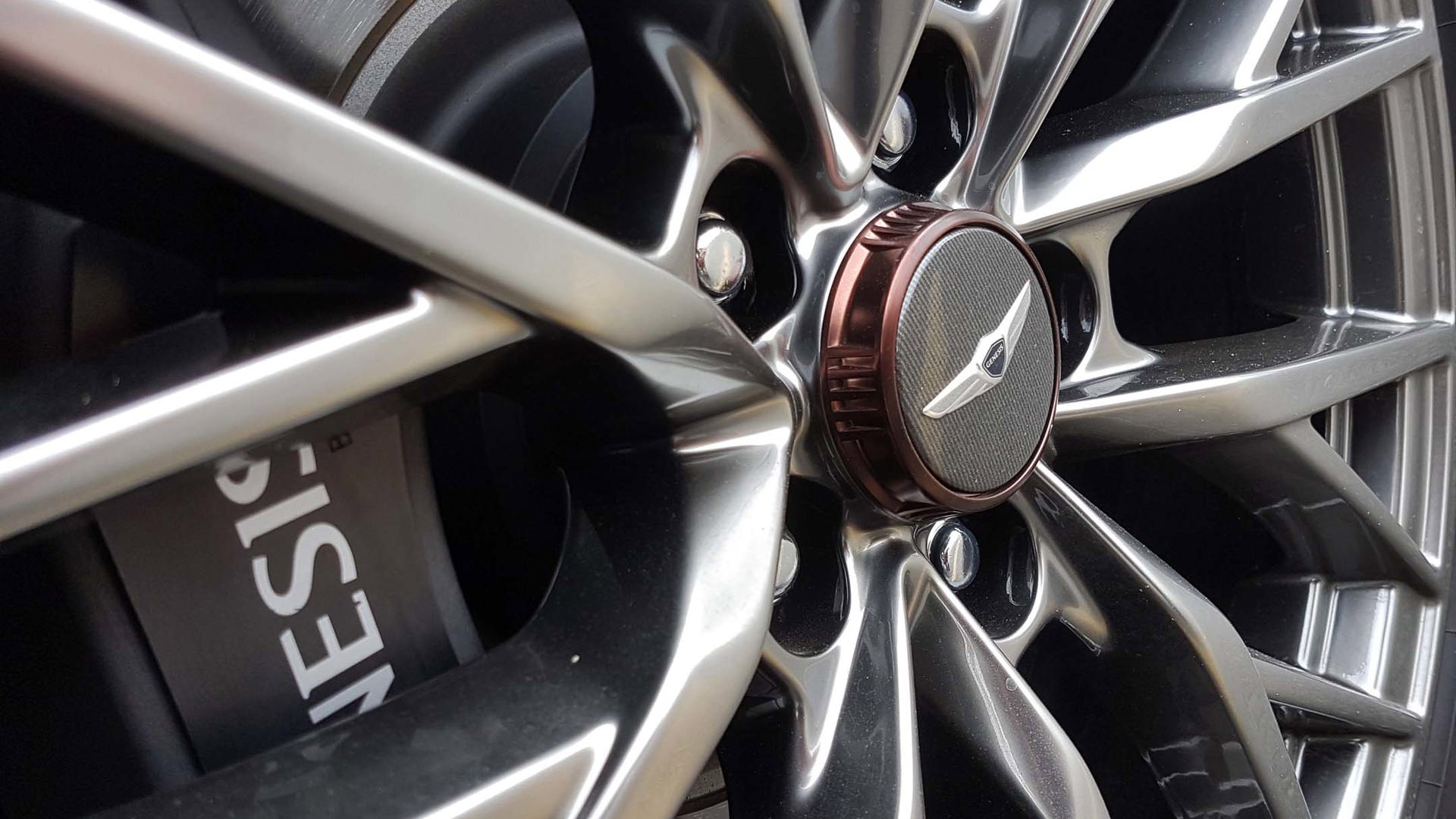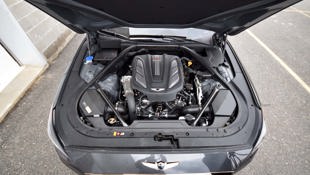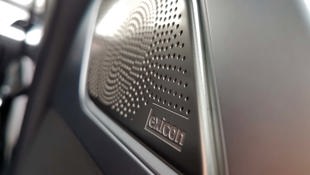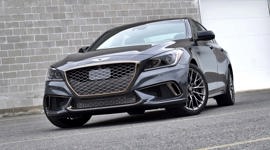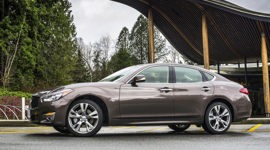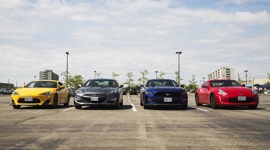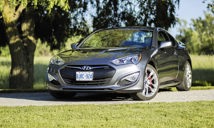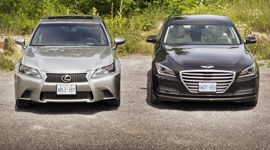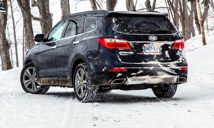Vehicle Type
Luxury sedan
History/Description
The second-generation Hyundai Genesis arrived in 2014 for the following model year, advancing the luxurious sedan with more features and power, and no shortage of high-end luxury touches.
Initially launched under the Hyundai brand, the Genesis was updated for 2017 and re-named the Genesis G80 as part of the automaker creating its standalone luxury brand. Both versions share plenty of hardware, technology, and features, with little separating the two outside of badging.
For shoppers after a world-class driving experience without the world-class asking price, these machines make plenty of sense. High-tech touches within this spacious four-door include a head-up display, full multimedia integration via a large central touchscreen interface, memory seating with climate-controlled leather, adaptive cruise control, blind-spot monitoring, automatic emergency braking, wireless smartphone recharging, and plenty more.
With passenger room to spare, a comfortable ride, available V8 power and all-wheel drive, the Genesis/G80 was built to serve a wide range of needs.
Engines
Look for V6 or V8 power, with 311 hp from the V6, and 420 hp from the available 5.0L V8. All units sent power to the wheels via an automatic transmission. For 2017, along with the name change came an available 3.3L twin-turbo V6 that was good for 365 hp.
What Owners Like
On virtually all aspects of comfort, feature content, and overall value, this generation of Genesis seems to have impressed many owners. Most note easy entry and exit, an easy-to-drive feel, and plenty of comfortable space on board for four adults. The high-end stereo system is a favourite feature.
What Owners Dislike
Common complaints include hefty fuel consumption from the V8 engine, and forward visibility that’s limited in some situations because of thick window pillars. Sportier drivers wish for more precision and urgency from some of the controls, and many note that Genesis can hustle with minimal drama, though it’s largely a comfort-first setup.
Pro Tip: Power vs Fuel Consumption
Which engine to choose generally comes down to personal preference, though shoppers are advised to test drive used units with all available powerplants and consider the fuel consumption of each before buying. Though the twin-turbo V6 and burly V8 are silky-smooth powerhouses, some owners complain of excessive fuel consumption – and for many drivers, the standard V6 engine will sufficiently satisfy.
Pro Tip: Plan for a Thorough Test
Plan your test drive for a date and time when you have an hour or more to fully inspect the vehicle. You’ll want to spend a considerable amount of time assessing the operation of numerous in-cabin features and systems before setting off for your drive.
The Test Drive
Safety System Errors
The Genesis and G80 are equipped with a wide range of outward-looking safety systems, which rely on cameras and sensors to detect possible hazards. If one or more of these systems is not operational, a warning or error message will appear in the instrument cluster. If you notice this, check the owner’s manual: Some non-functionality is normal in certain driving conditions (for instance, heavy rain), while other issues may indicate the need for repair and maintenance to the system.
You’ll want to know the cause of any such error message before you buy. If in doubt, have a dealer diagnose the system(s) professionally before you agree to buy. Here’s more information.
Dealer Diagnostics
If you’re buying a used Genesis/G80 outside of a dealership setting, plan to have the vehicle inspected at a Hyundai dealer before you buy. Diagnosing and repairing certain issues may require the attending technician to use certain equipment and tools that are only available in a dealer setting. In this example, one buyer explains difficulty in having a successful pre-purchase alignment performed by a private shop, and is advised by the owner’s community to have the work performed at a Hyundai dealership for faster resolution.
Back-up Camera and Head Unit
Some owners have reported early failure of the back-up camera, which is easy to detect on your test drive. On several occasions, simply shift the vehicle into reverse and confirm that the expected camera image appears on-screen quickly. If that’s not the case, have the vehicle inspected.
Many owners have had back-up cameras replaced under warranty, with some noting the need to replace the entire infotainment head unit. This will be pricey if not covered by warranty, so be sure to confirm proper operation before you buy. Here’s more reading on the subject.
Note that some problems related to the central head unit may also be solved with a simple hard reset.
Wonky Electronics
If you notice the spontaneous appearance of multiple warning lights or error messages – possibly coinciding with non-operation of various vehicle systems (headlights, stereo, safety equipment, push-button ignition) – start with a battery test, confirming that the battery is healthy, fresh, and properly charged.
If that’s not the case, a battery replacement is advised. If this doesn’t remedy the problem, have a technician check for faulty fuses. If neither course of action fixes the problem, have a professional diagnose the vehicle before agreeing to buy.
Warranty
Genesis’s appealing warranty drew the attention of many shoppers, and may draw the attention of many used car shoppers too. Note that keeping the warranty in good standing requires strict adherence to all maintenance and fluid-change intervals, as well as inspections, which are outlined in the owner’s manual. If you buy a used Genesis/G80 without full service records available, your ability to make a warranty claim may be compromised.
Additionally, many owners recommend buying this car via a certified pre-owned (CPO) program at a dealership for added confidence and peace of mind. A CPO Genesis must meet a higher standard of quality and care than privately-sold models, and may include additional warranty and roadside assistance coverage, too.
Vibrations / Alignment
Some owners have reported irritating vibrations from their machines, often detected between a certain (fairly narrow) range of speeds. Be on the lookout for any signs of a vibration or pulsation from the vehicle’s front-end while cruising, and while steering at a variety of speeds. If detected, start by having the vehicle’s alignment checked professionally. Some owners have had success in quelling such vibrations with an alignment, and balancing of the tires.
Other owners have reported that unwanted vibrations which don’t disappear with an alignment or balancing may be the result of wheel damage (specifically, bent rims), which are more likely in snow-belt areas, or areas with pothole-covered roads. Check rims and tires carefully for signs of damage, and ask a professional for help if you’re not sure how.
Sunroof Problems
Some owners have reported problems with the sunroof, including straining or struggling to open and close, loose or detached sunshade provisions, and, in some cases, total failure of the sunroof’s glass panel, which is a safety concern. Transport Canada has received dozens of complaints about dangerous sunroof failure. Note that replacing a damaged sunroof, if not covered by warranty or insurance, can be pricey.
This issue isn’t widespread against total sales volumes, though it’s worth being aware of.
On your test drive, carefully inspect the glass panel for any signs of existing damage (cracks, chips), and open and close the roof numerous times to confirm proper operation. If something seems off, have the sunroof inspected and repaired before you buy, or move to another unit.
Class action lawsuits have been filed, and extended warranty coverage on the sunroof may be available. Ask your local dealer for more information.
Here’s some further reading. Note that occasional inspection and lubrication of the sunroof components is required for proper operation, too.
Bumper and Windshield
Carefully check the Genesis/G80 for signs of visible damage to the windshield, as well as damage to – or misalignment of – its front and rear bumpers. Damage to the windshield or either bumper may negatively affect on-board sensors mounted within, which drive numerous safety systems. If that’s the case, repair of the bumper or glass is likely required, as is a recalibration of the sensors by a dealer technician.
The Verdict
Most owners enjoy the Genesis/G80’s pleasing drive, power, and technological bang-for-the-buck, with most owners reporting few if any ongoing issues. Thankfully, the more serious-looking issues are reported relatively infrequently against total sales volumes, though shoppers are advised to exercise caution, shop patiently, and perform all checks and inspections listed above before their purchase.
Here’s a list of recalls for the Hyundai Genesis sedan, and another list for the Genesis G80.
Crash Test Results
NHTSA: 5/5 Stars
IIHS: Top Safety Pick + (2016)
